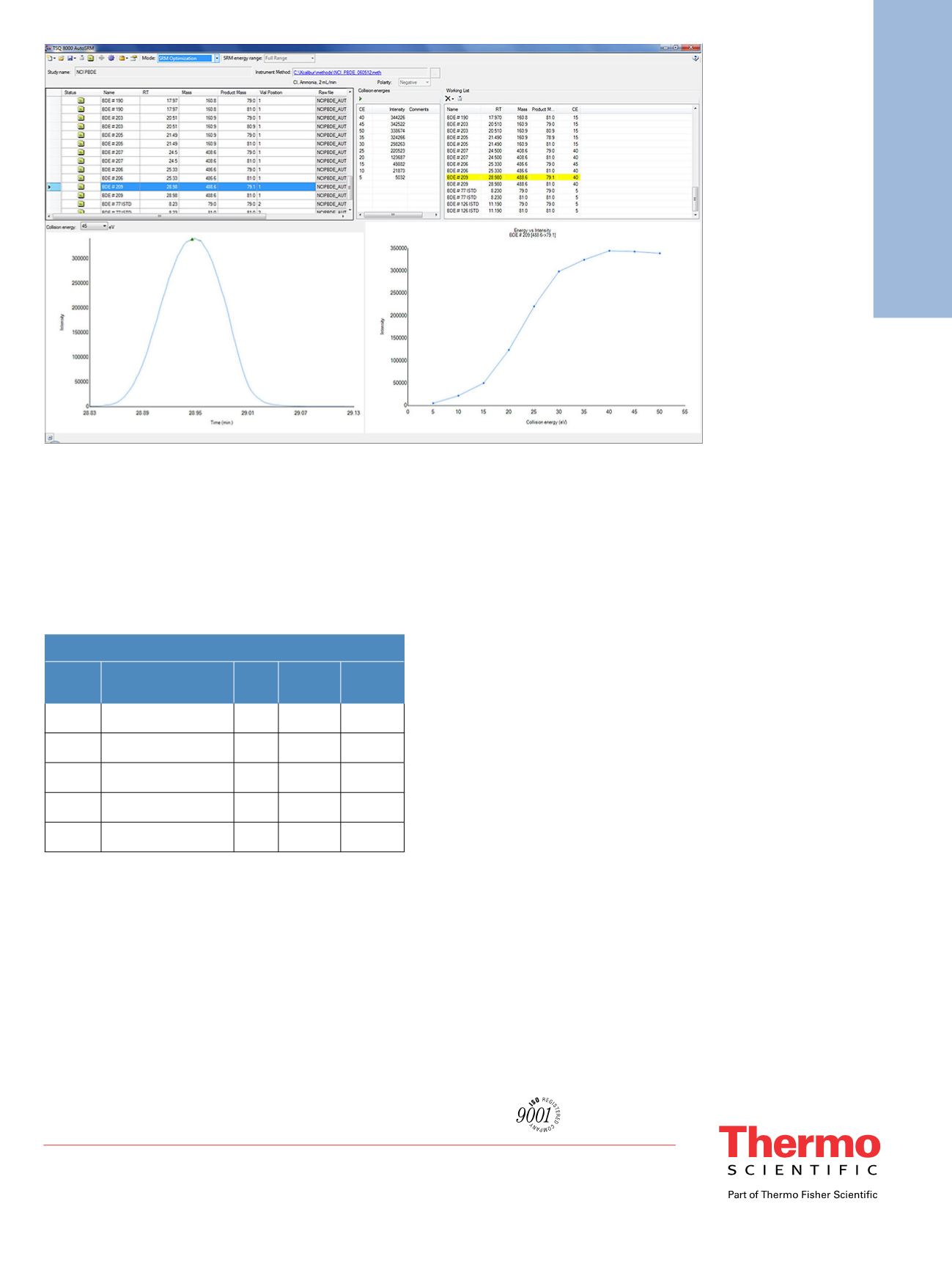
Thermo Fisher Scientific,
Austin, TX USA is ISO Certified.
Application Brief 52362
AB52362_E 09/12S
Africa-Other
+27 11 570 1840
Australia
+61 3 9757 4300
Austria
+43 1 333 50 34 0
Belgium
+32 53 73 42 41
Canada
+1 800 530 8447
China
+86 10 8419 3588
Denmark
+45 70 23 62 60
Europe-Other
+43 1 333 50 34 0
Finland/Norway/Sweden
+46 8 556 468 00
France
+33 1 60 92 48 00
Germany
+49 6103 408 1014
India
+91 22 6742 9434
Italy
+39 02 950 591
Japan
+81 45 453 9100
Latin America
+1 561 688 8700
Middle East
+43 1 333 50 34 0
Netherlands
+31 76 579 55 55
New Zealand
+64 9 980 6700
Russia/CIS
+43 1 333 50 34 0
South Africa
+27 11 570 1840
Spain
+34 914 845 965
Switzerland
+41 61 716 77 00
UK
+44 1442 233555
USA
+1 800 532 4752
©2012 Thermo Fisher Scientific Inc. All rights reserved. ISO is a trademark of the International Standards Organization.
All other trademarks are the property of Thermo Fisher Scientific Inc. and its subsidiaries. This information is presented as an
example of the capabilities of Thermo Fisher Scientific Inc. products. It is not intended to encourage use of these products in any
manners that might infringe the intellectual property rights of others. Specifications, terms and pricing are subject to change.
Not all products are available in all countries. Please consult your local sales representative for details.
2
Examples of PBDE data acquired on the TSQ 8000
GC-MS are shown in Table 1 and Figure 1. Also of interest
are applications that utilize halogenated derivatized
reagents, such as the analysis of estrogenic compounds or
tetrahydrocannabinol (THC) in hair.
CI Method Development
Compared to EI, CI is not as widely used in GC-MS/MS.
Consequently, there is not a significant amount of
reference information available to help with the setting up
of new methods. This technique has the potential to be an
unfamiliar and laborious method development process for
laboratories. It’s especially complex for applications like
this, which offers a compelling reason to use the TSQ
8000 GC-MS system.
How the TSQ 8000 GC-MS Can Assist CI
Method Development
1. The stages of instrument set-up and method develop-
ment are all manageable through smart software tools
integrated into the workflows needed for both positive
and negative mode CI.
2. The TSQ 8000 GC-MS automatically handles CI
source tuning and optimization, and offers automated
switching between two CI gases.
3. AutoSRM software walks you through the CI method
development process to obtained fully optimized SRM
transitions (see Figure 2).
4. The TSQ 8000 GC-MS method, linked with
AutoSRM, can automatically import developed CI
SRMs and optimize MS/MS acquisition for maximum
sensitivity through timed-SRM.
5. Thermo Scientific TraceFinder Software methods can
also import compound information, control sequences,
and quantify target compounds
6. Sample probes, which enable sample placement
directly into the source, allow for fast and easy
compound characterization of solids or liquids in CI,
further facilitated by MS/MS which is available on the
TSQ 8000 GC-MS system.
MDLs @ 99% Confidence Level n = 8
PBDE # Concentration Range
Measured (pg/µL)
RSD R
2
Value MDL
(pg/µL)
47
0.5–250
7% 0.9999 0.106
99
0.5–250
5% 0.9997 0.081
100
0.5–250
8% 0.9995 0.113
153
1-500
5% 0.9996 0.147
154
1-500
9% 0.9997 0.276
Table 1. Quantitative performance for PBDEs using NCI SRM on the TSQ 8000
GC-MS System.
Figure 2. AutoSRM precursor ion selection PBDE


